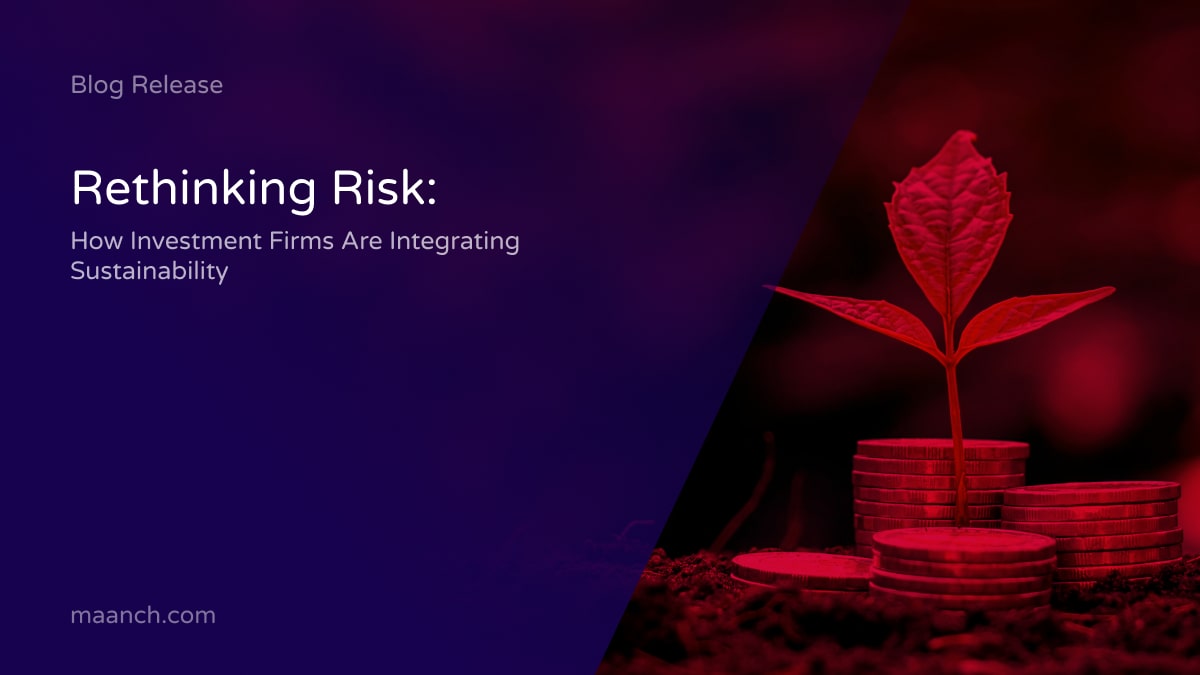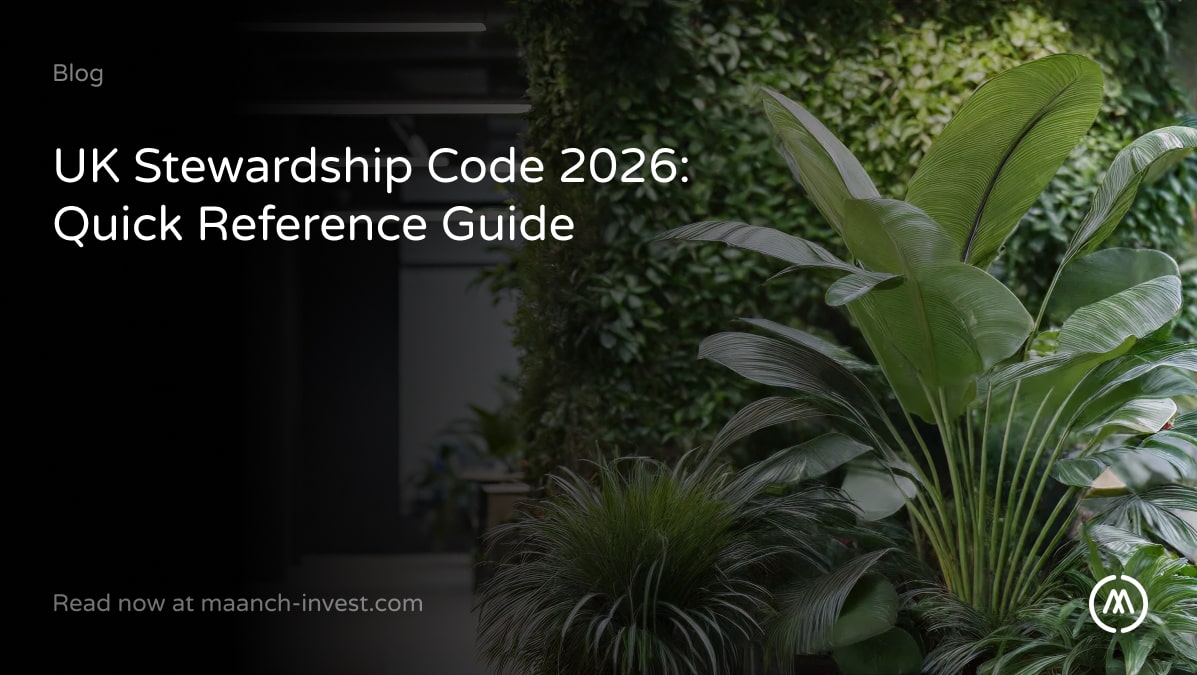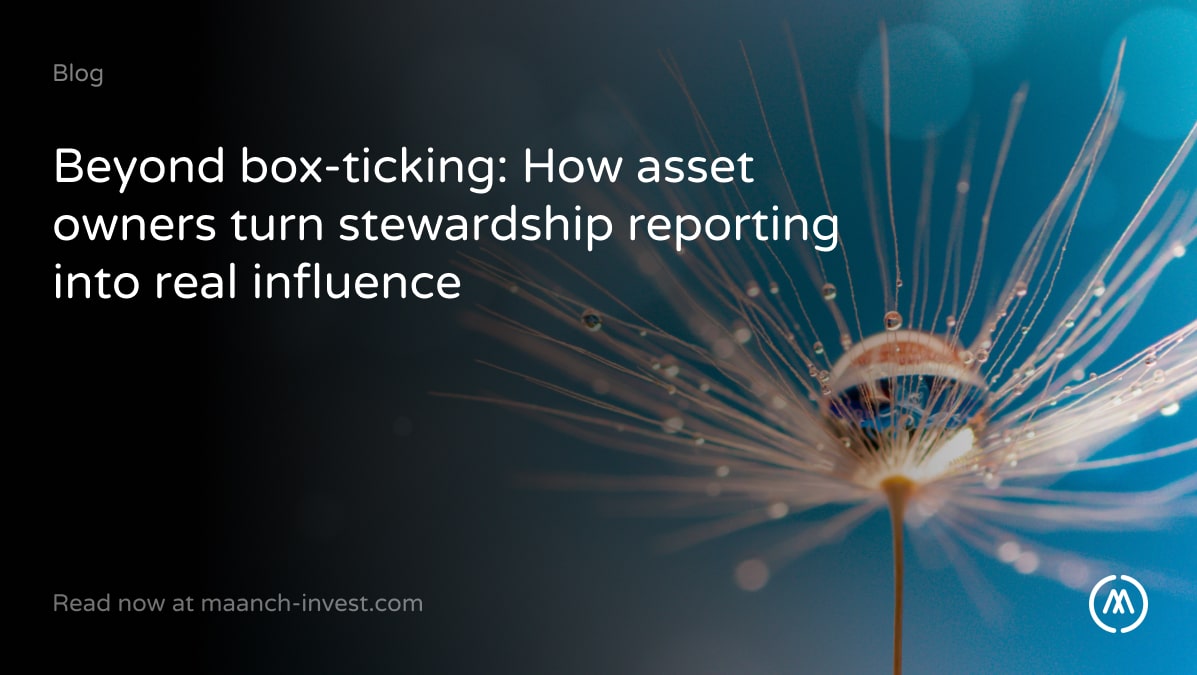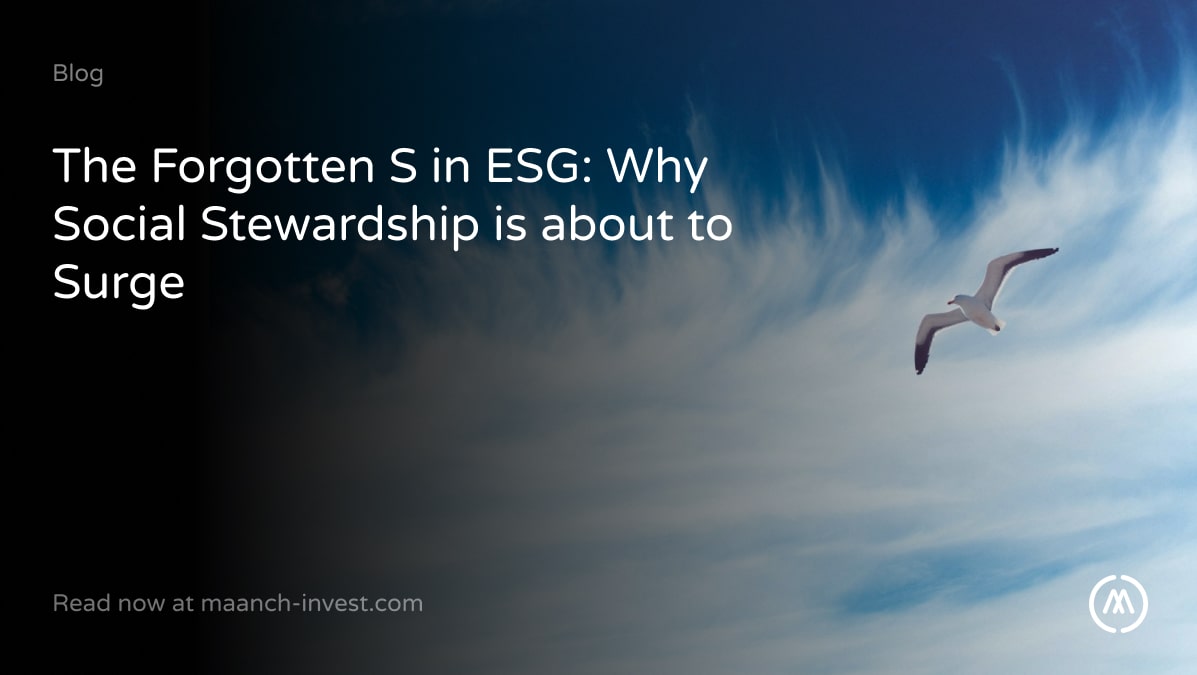In the investment world, a profound shift is underway. Firms are rethinking risk, moving beyond traditional financial metrics to incorporate sustainability into their core strategies. This evolution reflects a broader recognition: sustainability risks, from climate change to social inequality, have profound implications for long-term financial performance.
The New Frontier in Investment:
Investment firms are now on the frontline, championing this transition. They recognise that to thrive in a rapidly changing world, integrating sustainability is not just ethical—it’s essential. Here’s how the landscape is changing:
- Broader Risk Assessments: Firms are broadening their risk assessments, incorporating environmental, social, and governance (ESG) factors. This approach goes beyond the conventional, including risks and opportunities related to climate change, resource scarcity, and social governance.
- Long-term Value Creation: The focus is shifting towards long-term value creation. Sustainability is seen as a driver of innovation and resilience, paving the way for investments that offer enduring returns.
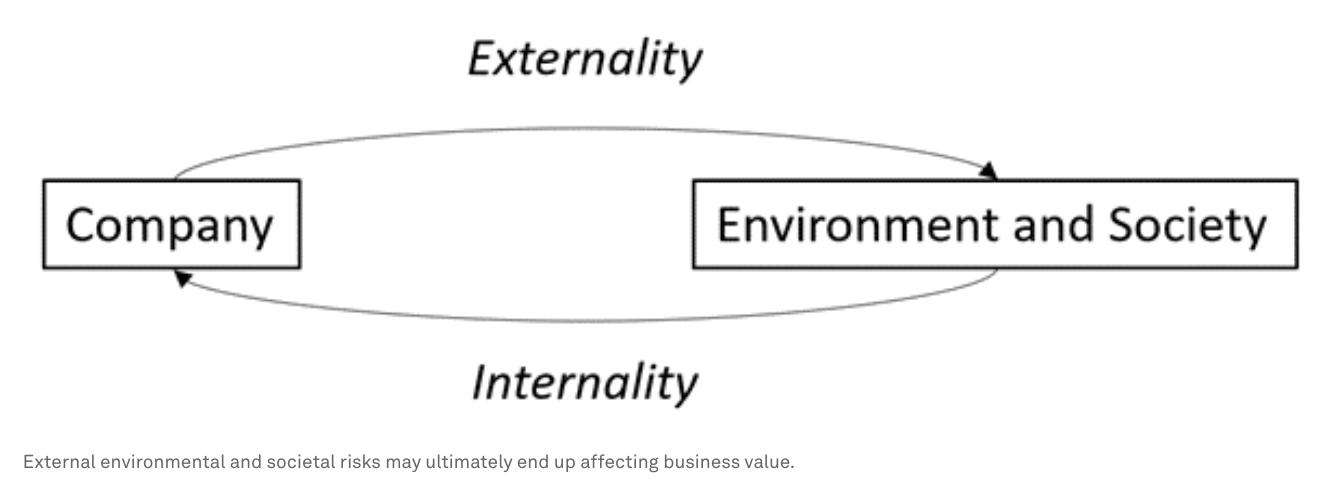
- Stakeholder Engagement: There’s a growing emphasis on stakeholder engagement. Firms are listening to clients, employees, and the broader community, aligning their investment strategies with the values and expectations of a wider audience.
Responsible Investing : A Quick Recap
Investment firms are redefining the essence of risk and value creation in the modern financial landscape. At the heart of this transformation is a multifaceted strategy that aligns with the evolving definition of Responsible Investing (RI). The World Economic Global Future Council on Responsible Investing has released a note, Responsible Investment: Definitions and Taxonomies, which proposes a definition and taxonomy of what RI involves, to provide clarity, concreteness and focus to discussions. A secondary purpose is to highlight the potential trade-offs between its different objectives. The note defines RI as follows:
Responsible investing is the incorporation of environmental and social factors in order to achieve one or more of the following objectives:
- Financial returns
- Societal impact
- Values alignment
Integrating Sustainability: A Step-by-Step Approach
For now, let’s delve deeper into the core strategies firms are using to embrace sustainability:
- Commitment from the Top: With executives championing sustainability, they influence the entire firm’s ethos, making sustainability a cornerstone of decision-making. This top-down approach is crucial for embedding sustainable practices across all levels of an organisation.
- Policy Development: Creating comprehensive policies provides a blueprint for action. These policies articulate a firm’s commitment to integrating Environmental and Social (ES) factors into their investment processes. Firms are outlining how they will achieve both financial returns and societal impact through responsible investing. (Schroders Blueprint)
- Stakeholder Engagement: Firms are consulting widely, gathering insights from across the spectrum of stakeholders to inform their sustainability strategies. The feedback from these engagements is shaping investment decisions therefore ensuring they reflect both financial objectives and societal values. According to the report published by the Financial Reporting Council in February 2024, 278 organisations have been accepted as signatories to the UK Stewardship Code, up by 120% from 126 in September 2021.
- Transparency and Reporting: Enhanced transparency and rigorous reporting are key to demonstrating a firm’s commitment to sustainability. Providing detailed insights into how sustainability factors into investment decisions underscores a firm’s accountability, addressing the call for clarity and concreteness in responsible investing. Firms are disclosing how they incorporate ES factors, showing the impact on financial performance and societal outcomes. Firms are aware that trade-offs between financial returns, societal impact, and values alignment can occur. They’re developing frameworks to navigate these trade-offs, ensuring that their investment decisions reflect a balanced approach to achieving responsible investing goals.
The Role of Technology:
Technology plays a pivotal role in this transformation. Advanced analytics and data-driven tools are enabling firms to assess sustainability risks with immediacy. Platforms like the Maanch Engagement Tracker (ET) are at the forefront, streamlining the integration of sustainability factors and enhancing transparency and compliance with regulations.
Looking Ahead:
The integration of sustainability into investment strategies marks a new era in finance. It’s an acknowledgment that the future of investing lies in recognising and acting on the interconnectedness of economic performance and sustainable development.
In conclusion, rethinking risk by integrating sustainability is about building resilience, creating value, and ensuring that investments contribute positively to our world. For investment firms, the journey towards sustainability is not without its challenges. Yet, the opportunities it presents—for innovation, for building trust, and for securing long-term returns—are immense. As we move forward, this integration will not just be an option; it will be a necessity for those looking to lead in the new landscape of investment.
